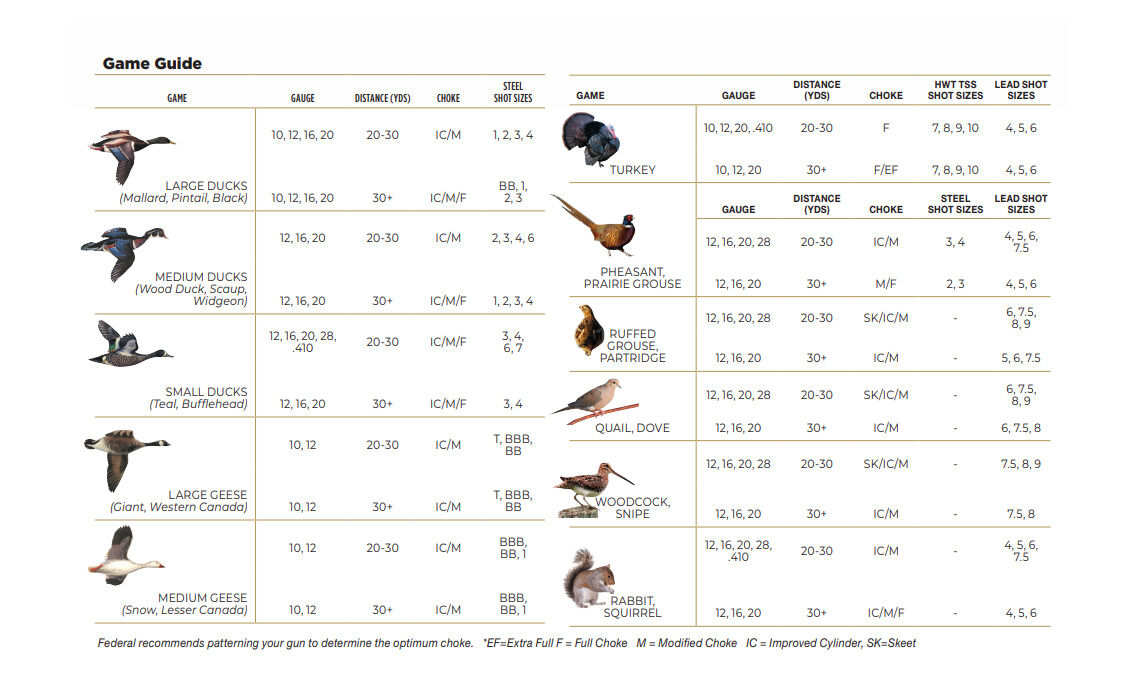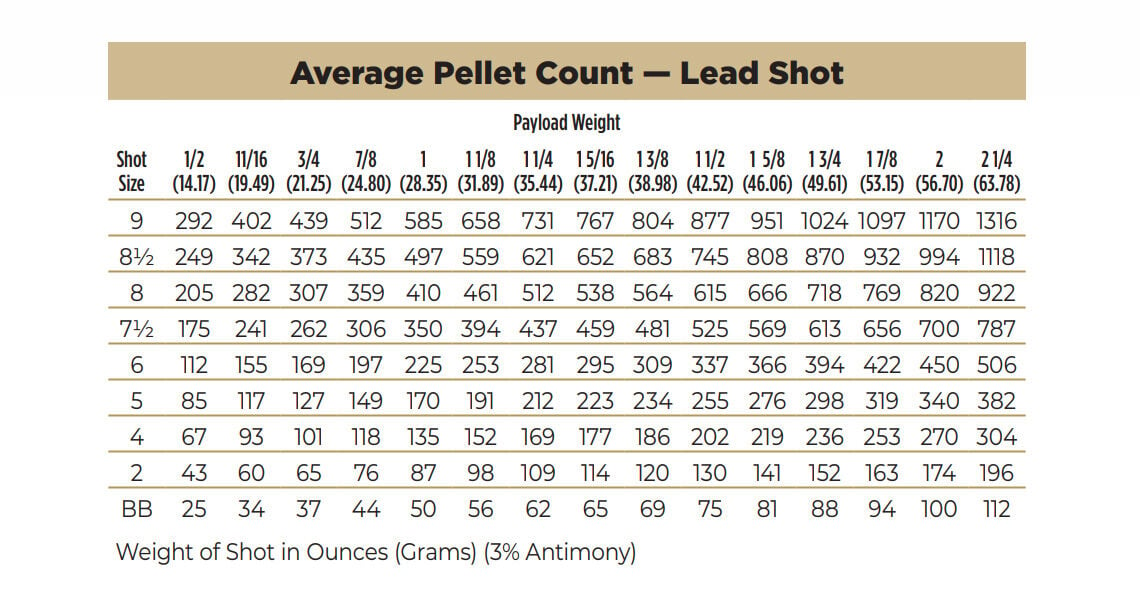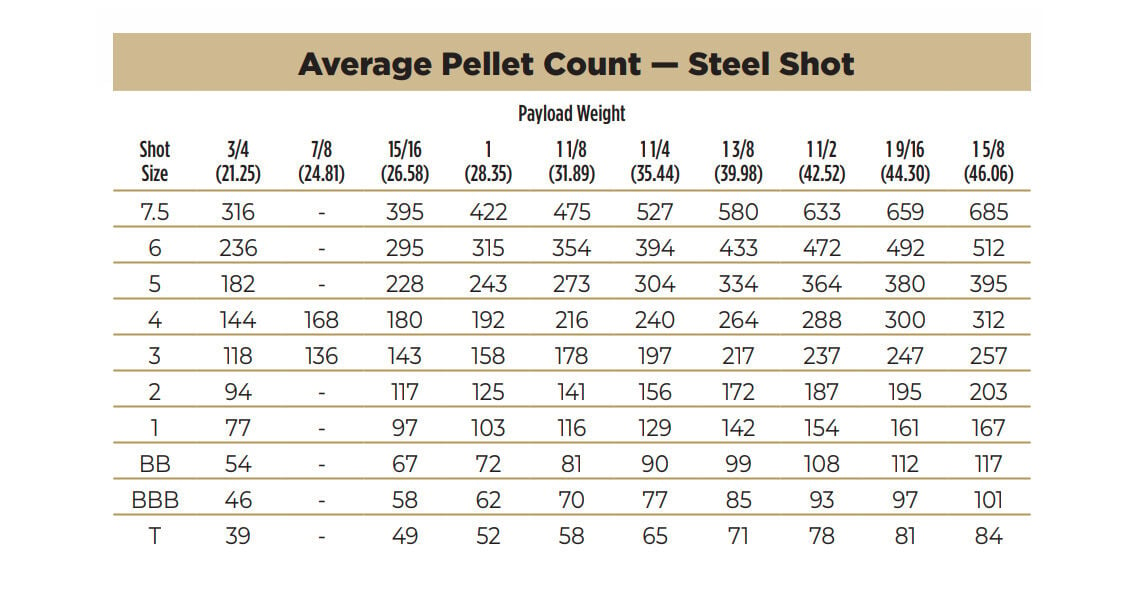
The world's best bullets, primers, brass and propellant—they all come together to create handloader-quality rifle ammunition, right out of the box.
Federal is proud to keep your family safe as Your Partner in Protection. We we have you covered with the most complete line of self-defense loads in the industry, including Personal Defense®, HST® and Punch™.
From breaking clay targets to dropping ducks with Black Cloud®. Or launching slugs at big game, you'll get the most from the platform with Federal shotshell ammunition.
Tear up the range or take down small game and varmints with Federal and its sister brand, CCI®. The full line of precision rimfire loads offer the most options and the best performance—for all shooters.
Fusion Ammunition
Non-Typical Ammunition
Hammerdown Ammunition
Rifle precision and accuracy hinge on properly sighting in. Follow these quick, easy steps to get on target.
- Before firing a shot, check sight screws or scope mounts. Also bore-sight with a collimator to estimate the point of impact and speed the sight-in process.
- Shoot from a solid rest, such as a benchrest or sand bags. Start at close range to make initial sight adjustments before verifying at longer ranges.
- From the rest, carefully squeeze off three aimed shots. The center of the resulting group of holes is the rifle's point of impact. By adjusting your sights, you can move this point of impact to your desired target. Move open rear sights in the same direction you want the group to move. Adjust scopes following directions on the dials. Continue this process until the group is where you want it.
- Note that different ammunition might change the point of impact and necessitate re-sighting. If your rifle gets bumped or dropped, be sure to verify your point of impact.
Trajectory is the arc a bullet follows as it leaves the firearm's muzzle. Bullets appear to rise because the barrel is angled up. The bullet's path crosses the line of sight twice—going up near the muzzle and down through the downrange zero (the distance at which the rifle is sighted in). About halfway between the muzzle and the zero, the bullet hits the highest point of its arc, then begins to drop. Velocity and bullet design determine the steepness of the arc. Low-velocity loads with round-nose bullets, if sighted for long ranges, will have a very high mid-range trajectory—possibly high enough to cause a miss on close-range targets.

HST Ammunition
Punch Ammunition
Black Cloud Ammunition
Use this process to pattern your gun before taking it to the field.
- Select an area that provides a safe backdrop.
- Wear a good pair of shooting glasses and hearing protection.
- Set up patterning paper at least 40 inches square and mark an aiming point near the center.
- Select the shotgun/load combination to be tested and measure off the distance you usually shoot in the field.
- Shoot at least five test patterns, each on a separate pattern sheet.
- Outline a 30-inch circle around the densest portion of the pattern.
- Check the pattern for uniformity.
- Determine if the pattern is dense enough for the game you are hunting. Remember, small game requires dense patterns with small shot and larger game needs bigger pellets with a less dense pattern.
Constriction in a shotgun's muzzle is referred to as "choke". The three most common chokes are full, modified and improved cylinder. Lead, steel, bismuth and tungsten pattern differently in each of these chokes. To determine which load provides the best pattern density and most even pellet distribution, make sure to pattern a variety of loads at different distances.








